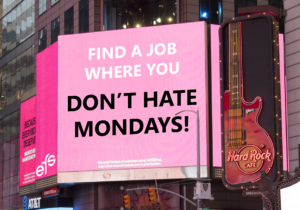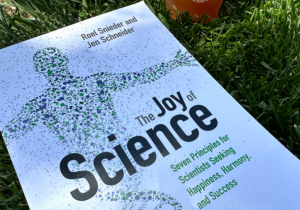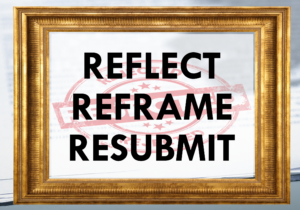A Project Management Approach That Works
Problem: A picture is worth a thousand words….

The Goal: Implement a project management strategy that allows you to easily organize and synthesize data, track progress and strategize future efforts.
Enter my strategy…the Storyboard! I admit it…I am a Storyboard junkie! I use them for grant writing, manuscript writing and project management.
So…what exactly is a storyboard? Think of it as a frame by frame depiction of your internal thought process…like storyboards used to outline scenes in a movie. Your storyboard will work for you because it is created by you and for you! You define the layout and the content.
Here is an excerpt from a storyboard for one of my grant applications.
Platform: I prefer Powerpoint for several reasons:
- Easy editing.
- Familiarity across academic levels.
- When you have a presentation to give, just cut and paste!
How it Works – the Evolution of a Storyboard:
- Use individual slides to create a virtual representation of a project. Start with the basics:
Why are you doing this project?
What are the questions you want to answer?
What tools do you have at your disposal (or not!) to answer them?
- Update the slides to include design of experiments, data, data interpretations as well as action items. The storyboard should be updated regularly, at whatever intervals you find most helpful and manageable. The content will evolve as the project evolves – text will be streamlined, data shifts from preliminary to publication-quality figures, etc. Here is an example containing storyboard slides of the same data in an early version and then later versions of the project storyboard.
- Identify benchmarks. A storyboard updated in real time will tell you when it is time to write a paper or submit a grant application for that cool (but tangential!) finding. When the data in your storyboard tells a nice story, it is time for a paper! When a piece of data doesn’t “fit” in your story, it is a signal that this could be the start of a new line of investigation (see Note).
Note: At this point, I start a new storyboard for the manuscript/grant application and pull rationale, experimental design, data and conclusions from the original project storyboard…again, just copy and paste!
How you can apply the Storyboard Strategy NOW:
- Start small. Create a Storyboard for your own use, i.e. a manuscript or a grant application.
- Use the storyboard as your primary workspace for organizing ideas and data. Don’t draft the paper or grant until you are happy with the flow and bulleted arguments/explanations in your storyboard.
- Take inventory along the way…define what works for you!
a) Identify Needs.
Is there information you need for your storyboard that is not readily available to you, i.e., most recent data from your graduate student or experimental design for that piece of data in your inbox? Consider implementing storyboards with your lab members that include these types of details.
b) Evaluate Outcomes.
Did using a storyboard:
– decrease the time to final draft?
– improve quality of writing?
– ease the writing process?
If the answer to any of the above questions is no, ask why. Use this answer to modify your approach to storyboarding or formulate a new method!
Remember, there are no rules. The only successful strategy for project management is the one that works for you!






0 Comments